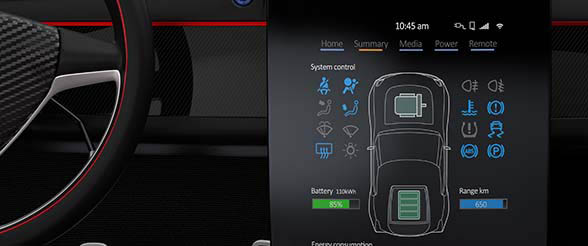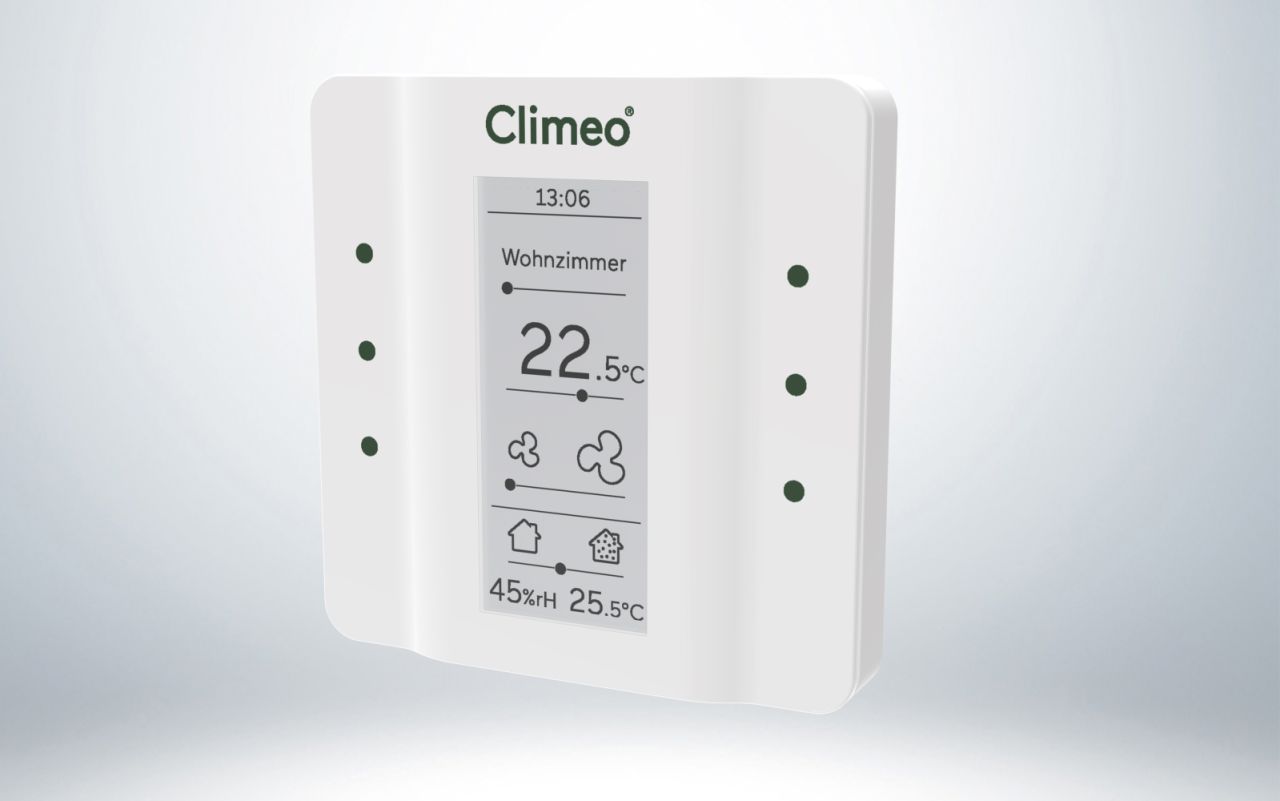Attaining Superior Finishes with In-Mold Decorations in Manufacturing
Attaining Superior Finishes with In-Mold Decorations in Manufacturing
Blog Article
In-Mold Decorations: Elevating Products With Precision and Aesthetics
In the realm of item style, the marital relationship of accuracy and looks holds a critical setting in recording customer focus and commitment. In-Mold Decorations (IMD) have emerged as an advanced technique that not only boosts the aesthetic allure of products however also makes sure a thorough assimilation of style aspects.
Advantages of In-Mold Decorations
This innovative strategy includes putting a pre-printed film or label right into the mold prior to infusing the molten plastic, resulting in an irreversible combination of the design with the product. The advantages of in-mold designs are manifold, beginning with the capacity to attain high-resolution graphics and in-depth styles that enhance the visual allure of the last product.
Along with enhancing aesthetics, in-mold designs also enhance the sturdiness and long life of the style as it becomes an integral part of the product, instead of a shallow layer that can wear off gradually. The seamless integration of designs through in-mold techniques makes certain a consistent and consistent appearance throughout all produced products, maintaining brand name consistency and high quality requirements - In-Mold Decorations. In general, the advantages of in-mold decorations make it a recommended option for producers looking to elevate their products with precision and aesthetic charm
Precision in Design Assimilation
Attaining precise layout integration with in-mold decorations calls for a keen focus on precision and interest to information from the preliminary stages of the production process. The success of in-mold designs rests on the seamless combination of the layout with the product, creating a harmonious and aesthetically enticing end result. Precision in design assimilation entails elements such as ensuring the exact positioning of the decor within the mold and mildew, selecting the best products to accomplish the desired visual, and keeping consistency throughout the production procedure.
One secret element of accuracy in design integration is the positioning of the decoration with the item's features and shapes. This needs cautious preparation and implementation to make certain that the layout enhances the product's form and improves its overall appearance. Furthermore, attention to information is crucial in keeping the top quality and uniformity of the designs throughout several manufacturing runs, ensuring that each product fulfills the highest standards of accuracy and aesthetic allure. By focusing on accuracy in layout combination, suppliers can elevate their items and create a lasting impression on consumers.
Aesthetic Appeals and Aesthetic Impact
With an emphasis on improving the total allure of items, the aesthetic appeals and aesthetic effect of in-mold decors play a critical duty in fascinating consumer focus. In today's affordable market, where customers are inundated with options, the aesthetic appeal of an item can be the setting apart aspect that affects getting choices. In-mold decorations offer an unique possibility to elevate the aesthetic appeals of products by giving elaborate designs, vivid colors, and seamless coatings that traditional designing approaches may struggle to accomplish.
The visual impact of in-mold designs expands beyond plain looks; it communicates brand attention, quality, and identity to information. By including aesthetically appealing components into item layout, manufacturers can develop a solid brand name existence that reverberates with consumers on a subconscious degree. Furthermore, the accuracy and uniformity offered by in-mold decor strategies guarantee that every item satisfies the highest requirements of aesthetic appeal, reinforcing brand name credibility and customer depend on.
Cost-Effectiveness of IMD

IMD reduces the demand for secondary procedures like paint or labeling, conserving both time and resources. By incorporating the design straight into the molding process, IMD gets rid of the additional actions required for using designs post-production. This streamlined procedure not only reduces labor prices however likewise reduces the threat of mistakes or flaws that may develop during secondary embellishing procedures.
Furthermore, IMD improves the resilience of decorations by encapsulating them within the item, guaranteeing a longer-lasting and much more immune surface - In-Mold Decorations. This longevity translates into lowered upkeep and replacement costs over the product's lifecycle, making IMD a cost-effective solution for achieving exceptional looks and aesthetic charm in production
Longevity and Longevity
Integrating in-mold decors not only guarantees cost-effectiveness in manufacturing processes however additionally dramatically improves product durability and durability. The procedure of in-mold design involves the application of graphics or attractive surfaces during the molding process, developing a integrated and seamless design that is protected within the product itself. This protective layer given by in-mold designs acts as a guard versus wear and tear, scratches, fading, and other ecological variables that could jeopardize the appearance and durability of the product in time.
Products with in-mold decors are recognized for their resistance to abrasion, chemicals, and official statement UV direct exposure, making them suitable for applications that need lasting efficiency and looks. Unlike traditional surface-applied decors that can peel off or discolor with usage, in-mold designs become an innate component of the item, making certain that the style stays dazzling and intact throughout the item's life-span. This toughness not just boosts the total high quality of the item but additionally reduces the requirement for constant maintenance or replacements, eventually supplying lasting price savings for makers and customers alike.
Conclusion

The advantages of in-mold decorations are manifold, starting with the capability to accomplish high-resolution graphics and detailed designs that improve the aesthetic charm of the last item.In enhancement to improving appearances, in-mold decorations likewise improve the sturdiness and longevity of the layout as it becomes an integral part of the item, rather than a shallow layer that can put on off over time. In-mold designs provide a special opportunity to elevate the aesthetic appeals of products by providing intricate designs, lively shades, and smooth surfaces that typical decorating techniques may have a hard time to attain.
The process of in-mold decoration entails the application of graphics or attractive surfaces throughout the molding process, creating a integrated and seamless design that is safeguarded within the item itself. Unlike conventional surface-applied designs that can peel off or fade with use, in-mold designs come to be an inherent component of the product, ensuring that the layout continues to be vivid and intact throughout the product's life expectancy.
Report this page